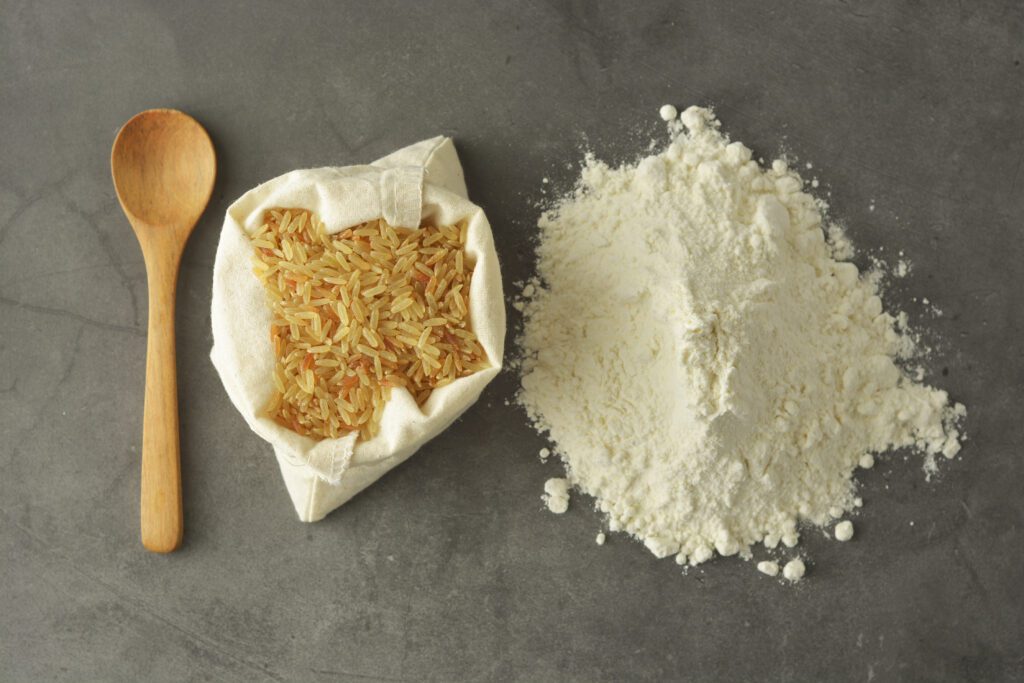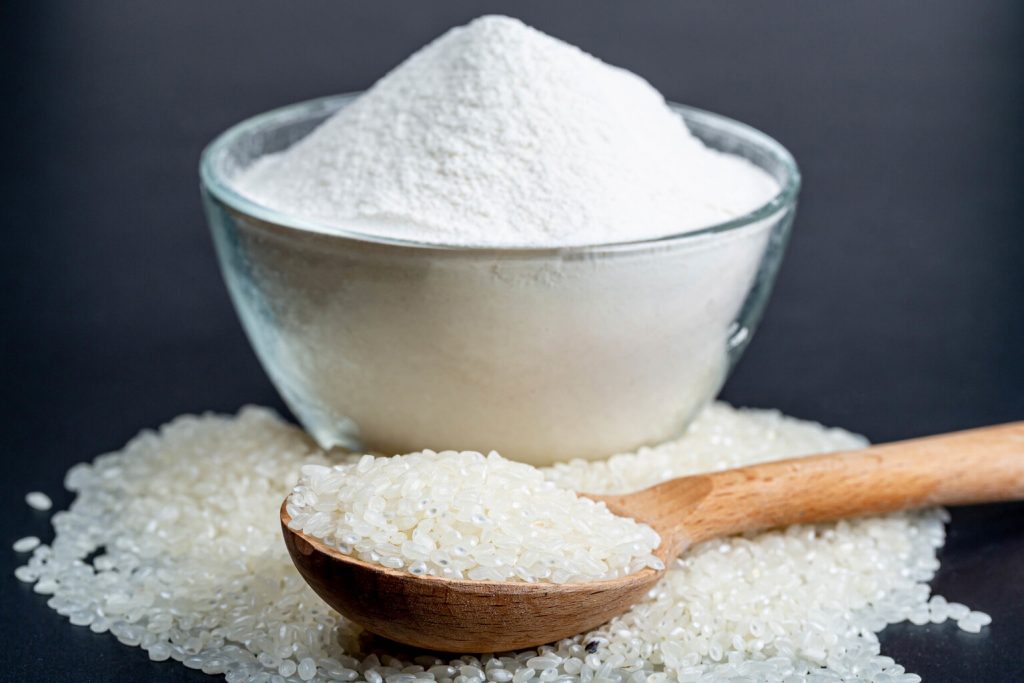Soluble Rice Flour: A Clean Label Maltodextrin Alternative for Healthier Food Choices
When it comes to clean label ingredients, Soluble Rice Flour emerges as an exceptional alternative to maltodextrin. With growing consumer demand for transparency and healthier food choices, food manufacturers are seeking reliable alternatives that deliver on both functionality and clean labelling. In this blog post, we will explore why Soluble Rice Flour stands out as a clean label maltodextrin alternative, offering numerous benefits for food manufacturers and consumers alike.
Understanding Maltodextrin
Maltodextrin is a widely used ingredient known for its bulking properties and versatile functionality. However, concerns regarding its processing methods and lack of transparency have led food manufacturers to seek alternatives that align with clean label trends.
The Rise of Clean Label Ingredients
Clean label ingredients are gaining popularity as consumers increasingly prioritise transparency and healthier options. Clean label products are those with simpler, recognizable ingredients, devoid of artificial additives, and minimally processed. Soluble Rice Flour fits this profile, making it an ideal alternative to maltodextrin.
The Advantages of Soluble Rice Flour a clean label Maltodextrin Alternative:
Clean Label Solution
Soluble Rice Flour offers food manufacturers a clean label solution, meeting the demands of consumers who seek products with transparent and easily recognisable ingredients. It can be listed simply as “rice flour” on product labels, providing the transparency consumers desire.
Healthier Choice
Soluble Rice Flour offers a healthier alternative to maltodextrin. It contains essential nutrients, proteins, and fibers naturally present in rice flour, adding nutritional value to food products.
Functionality and Versatility
Soluble Rice Flour mirrors the functional properties of maltodextrin, making it an excellent replacement without compromising on texture, bulking properties, or sensory experience. It can be used in various applications, including as a thickener, stabilizer, or gluten-free alternative.
Gluten-Free and Allergen-Friendly
Soluble Rice Flour is naturally gluten-free, making it suitable for consumers with gluten sensitivities or those following gluten-free diets. It also lacks the allergenic concerns associated with maltodextrin derived from wheat.
Meeting Consumer Demands
Consumers are increasingly seeking clean label products that align with their desire for transparency and healthier choices. By utilizing Soluble Rice Flour as a clean label maltodextrin alternative, food manufacturers can cater to these demands, attracting health-conscious consumers who value products with recognisable and natural ingredients.
Applications and Integration
Soluble Rice Flour seamlessly integrates into various food applications, providing the desired functionality while ensuring clean label compliance. It can be utilized in baked goods, soups, sauces, beverages, and a wide range of processed foods, offering manufacturers flexibility without compromising on quality.
Nutritional Value for complying Clean Label Maltodextrin Alternative Claim
Soluble Rice Flour emerges as a superior choice compared to maltodextrin, offering not just plain carbohydrates but also nutritional value. While maltodextrin primarily consists of carbohydrates derived from starch, Soluble Rice Flour contains essential nutrients, proteins, and fibers naturally present in rice grains. This nutritional profile provides a more wholesome option, aligning with consumer demands for healthier food choices and also complying with Clean Label Maltodextrin Alternative Claim. By choosing Soluble Rice Flour over maltodextrin, food manufacturers can enhance the nutritional content of their products without compromising on functionality and clean label requirements.
Soluble Rice Flour an excellent ingredient to incorporate into various cosmetic blends
Soluble Rice Flour is an excellent ingredient to incorporate into various cosmetic blends due to its protein and nutrient content as well as its solubility. The proteins present in Soluble Rice Flour contribute to the maintenance and repair of the skin and hair, promoting healthier and more nourished appearances. Additionally, the nutrient-rich nature of Soluble Rice Flour provides essential vitamins and minerals that can benefit the overall health of the skin and hair. Its solubility allows for easy integration into cosmetic formulations, ensuring a smooth and consistent texture. Whether used in lotions, creams, shampoos, or other cosmetic products, Soluble Rice Flour offers the dual benefits of providing valuable nutrients while being readily soluble, making it a versatile and valuable ingredient for cosmetic manufacturers.
Conclusion
Soluble Rice Flour presents itself as an outstanding clean label alternative to maltodextrin. Its clean label properties, nutritional benefits, functionality, and versatility make it an ideal choice for food manufacturers aiming to meet consumer demands for transparency and healthier options. By embracing Soluble Rice Flour, manufacturers can create products that cater to the clean label movement while maintaining the desired texture, bulking properties, and sensory experience. With Soluble Rice Flour, the possibilities for clean label innovation in the food industry are endless.




